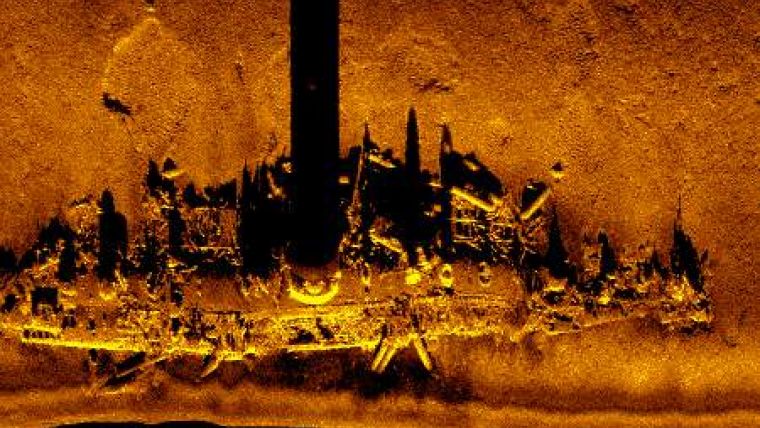Dutch Navy Finds Lost German U-boat
World War I German submarine U-106, which had been missing since October 1917 has been found with the aid of a Hydroid REMUS 100 AUV. The Royal Netherlands Navy (RNLN), which used the REMUS vehicle, located the missing submarine off the coast of Terschelling in the Netherlands.
In October 2009 the RNLN hydrographic survey vessel HNLMS Snellius located an unidentified object while charting shipping lanes. This was followed two months later by an inspection by a MCMV, the HNLMS Maassluis. A wire-guided Remotely Operated Vehicle (ROV) designed to locate mines, detected the shape of the vessel. The discovery prompted a series of research missions, which employed Hydroid’s REMUS 100 as well as divers from the Royal Netherlands Navy’s Diving and Explosive Ordnance Disposal Group (EOD).
The REMUS vehicle and the EOD divers descended 40 metres in order to explore the area, where a brass plate bearing the serial number of the submarine was eventually discovered. After further exploration as well as confirmations from the German Ministry of Defense and the families of crew members, the submarine was positively identified as the German U-106, which perished during the First World War.
"These findings always happen by chance,” said expedition leader Captain-lieutenant Jouke Spoelstra. “Twelve years ago, a hydrographic survey ship passed the same spot of our discovery, but the German vessel must have still been under a layer of sand. We were lucky to be at the right place at the right time.”
The German SM U-106 was one of the 329 submarines serving in the Imperial German Navy in World War I. It was commissioned on 28th July 1917 under the command of Captain-Lieutenant Hans Hufnagel. The SM U-106 is noted for sinking the HMS Contest during the First Battle of the Atlantic on 18th September 1917, and also for damaging the City of Lincoln a 5,867 ton steamer. The U-106 was lost off of the coast of Terschelling after striking a mine on 7th October 1917.
"The ship left behind is an official war grave,” added Spoelstra. “A memorial ceremony may take place at sea but will only occur at the initiative of the relatives.”














